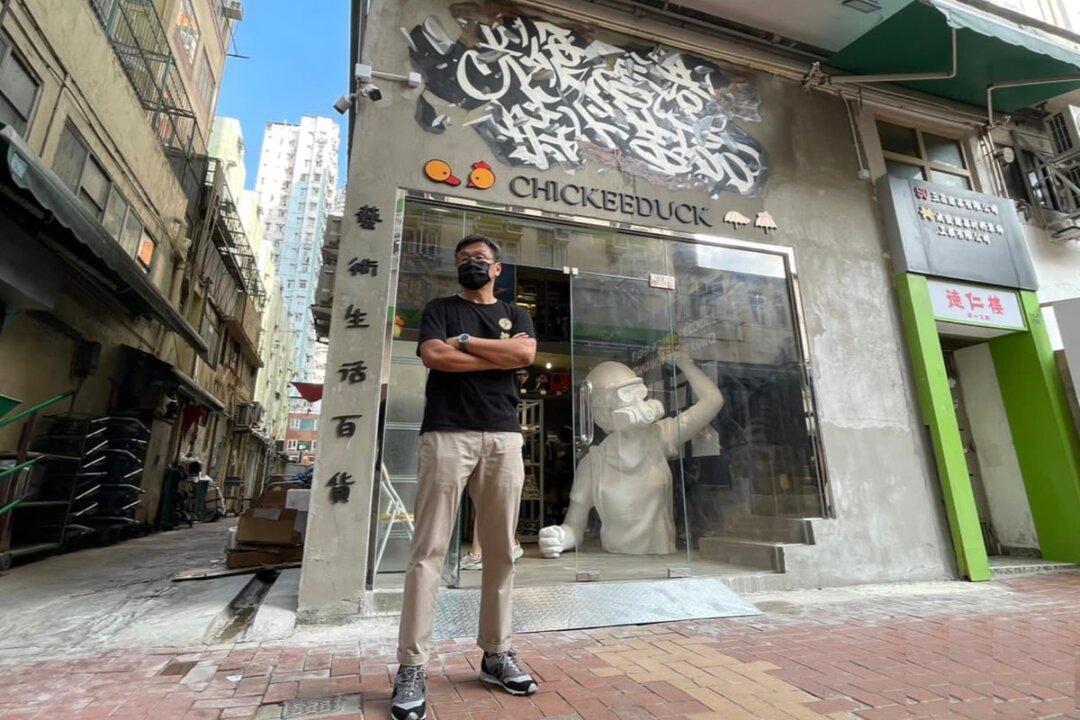Following a recent crane tipping incident at a Hong Kong University construction site, the Student and Staff Residence Building under construction is found to have honeycomb voids and exposed reinforcing steel on columns and beams. This is the latest of a series of problems encountered by the contractor, Aggressive Construction Company Limited.
On social media, Jason Poon Chuk-Hung, Chairman of the China Monitor and Chief Researcher of Hong Kong Strategy Solutions, shared photos showing voids and exposed reinforcement steels in multiple structural columns and some beams at the HKU construction project. Some engineers believe it was caused by insufficient vibration during the pouring of the concrete, and if the situation is serious, it may need to be demolished and rebuilt.




